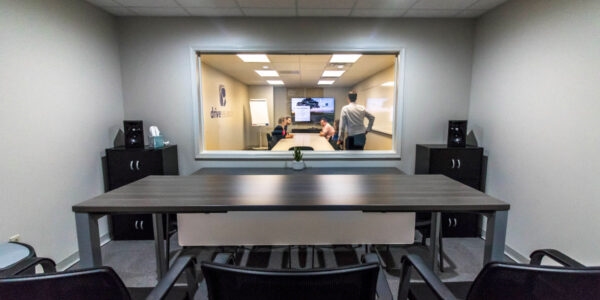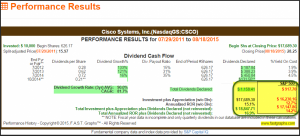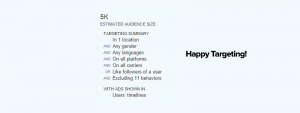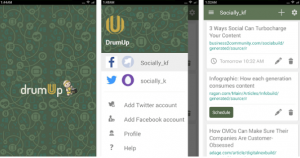There is a common misconception when conducting market research that it is extremely costly. This may have been true when the industry first grew in popularity, but with the rise of technology market research has become accessible to both small businesses and Fortune 500 companies.
With marketing research, you are never short of options. Not only are there hundreds of methodologies to choose from, but there are also differences in how you approach these methods.
For example, a simple customer survey can be conducted online, in-person, or by mail. Each will have it’s own competencies and ranges in price.
In this article, I will discuss 3 different cost-effective approaches to market research fit for any budget.
1. Online Surveys
There may not be a more cost-effective market research study than an online survey. Plus, this is a proven methodology that provides quality data and fast results for your business. In other words, you can reach a mass audience at a low-cost and in little time.
An organization can easily collect feedback from its target audience – whether it be customers, prospects, or a general population – with very few logistics and human interaction.
When compared to other studies such as focus groups or phone surveys, there is very little heavy lifting with online surveys. Once the survey questions are drafted and programmed into an online platform, a lot of the fieldwork and analysis is already done for you.
The same can be said if you wish to consult a market research company for your online survey. The less professional time during the research process translates to a better bottom line for you.
2. Omnibus Surveys
Omnibus surveys share similar advantages to online surveys. The main difference with omnibus surveys is that they cover a multitude of topics instead of one.
For example, the first question asks respondents about their factor(s) in the choice of financial institutions while the second question asks about at-home workout routines.
The reason why an omnibus survey covers a broad range of topics is that each question is paid for by different companies.
Using the example from above, Brand A pays to ask respondents about their factor(s) in the choice of financial institutions and Brand B pays to ask respondents about their at-home workout routine.
This inexpensive approach is a quick and effective way to get results for any given topic without having to front all of the costs for the market research on their own.
3. Online Focus Groups
I’m sure most people are familiar with traditional focus groups. Participants visit a focus group facility to answer questions about a product, service, or brands, while sponsors of the study sit in a viewing room behind a one-way mirror.

Source: Drive Research Client Viewing Room
There are a few aspects to focus groups that can drive up the price tag:
- Facility rental
- Recruitment costs
- Providing food and beverage
- Travel costs
For those who would like to conduct a focus group but don’t think it is in their price range, consider switching your approach to online.
With online focus groups, you’ll earn all of the benefits of an in-person focus group, but with none of the costly logistics. Instead of paying for a focus group facility, your team will only have to have access to a webcam and a video conferencing software such as Zoom.
Plus! You will find that recruiting participants is much easier (and therefore cheaper) because you are not limited by geography.
For example, if you would like to host a focus group in Huntsville, Alabama with mothers aged 30 to 55, your sample pool will be limited. Whereas, if you are conducting the focus group online, your team or market research partner can find participants from all over the country.
Again, few logistics = lower market research costs.
Business & Finance Articles on Business 2 Community
(18)








